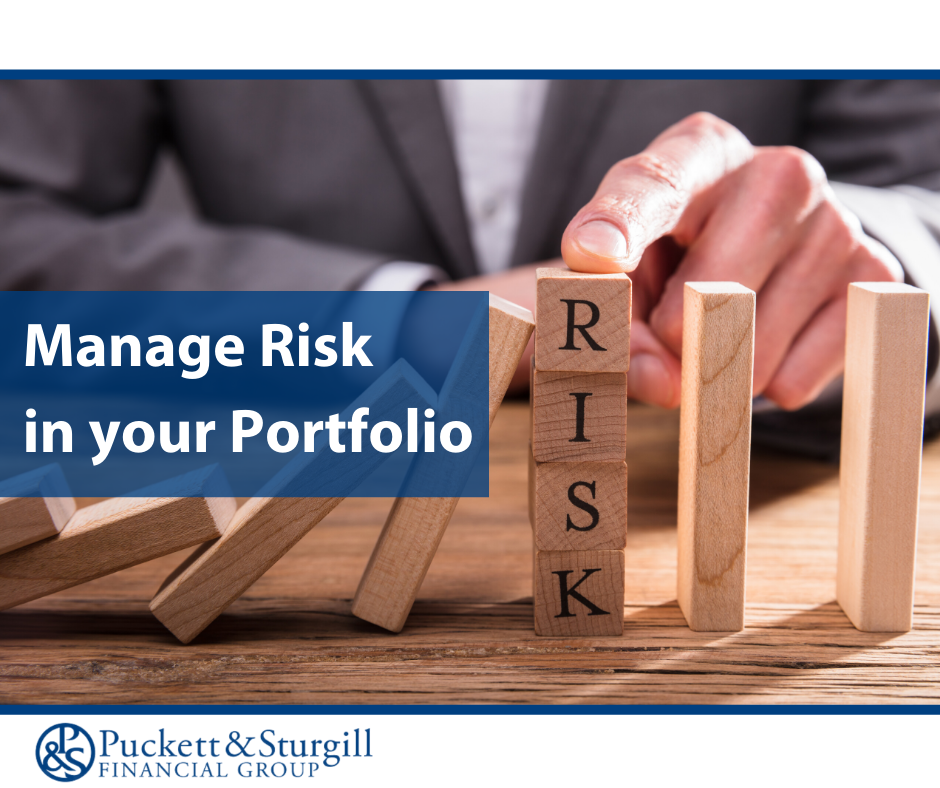
Six Steps To Take Control of Your Financial Health
Similar to taking care of your personal health by proactively incorporating healthy habits and annual checkups, you can also take control of your financial health when you are proactive and engaged in managing your finances. And also like your physical and mental health, your financial health requires an ongoing commitment and focus in order to get results. Regardless of your stage in life, it’s important to establish certain habits that can put you in the position to be able to reach your financial goals, whether that’s a vacation, a college fund, savings for a rainy day or a successful retirement. There are a few universal tips to consider as you establish and maintain your financial health. Determine your financial goals: You have to know where you want to end up to know the way to get there. The goal can be as short-term or ambitious as you need it to be, at this moment in your life. Maybe it’s creating a budget to be able to have more money to save. Or maybe you’re looking ahead at what you’ll need for a happy retirement. Either way, you need to look ahead and establish the goal and create the timeline to reach it. Create a financial plan: You wouldn’t expect to lose 10 pounds without evaluating your diet and exercise and then tweaking either of those to create results. Similarly with financial health, you need to evaluate your current financial situation, and then develop a financial plan that can help you work toward your goal. That includes the need to consider your current budget, projected income, investments and other factors so that you can create your personal roadmap to a












